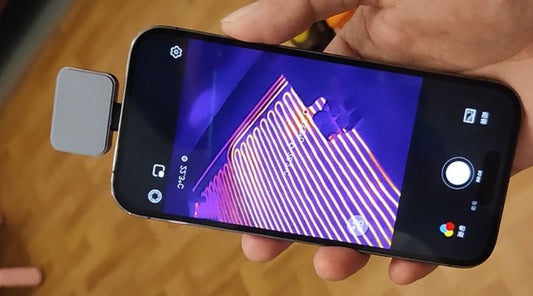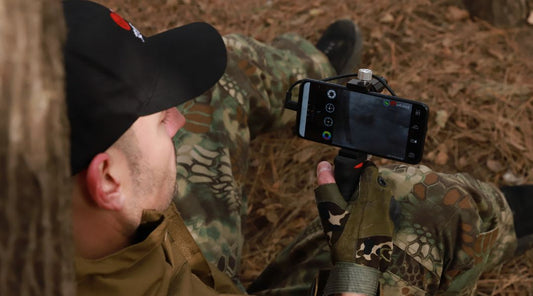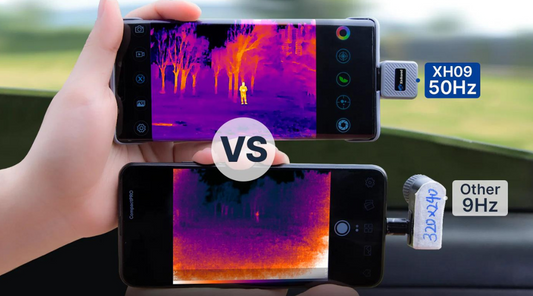How Far Can a Thermal Monocular See?
Thermal monoculars are a type of imaging device that use thermal imaging technology to detect and display heat signatures from objects in their field of view. These devices are commonly used by hunters, hikers, and outdoor enthusiasts to detect and track wildlife, people for surveillance and reconnaissance purposes.
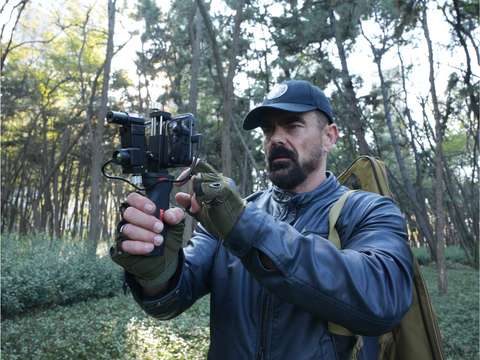
One of the most frequently asked questions about thermal monoculars is how far they can see. The answer to this question depends on several factors, including the quality of the monocular's optics, the sensitivity of its thermal sensor, and the environmental conditions in which it is being used.
Optical Quality
The optical quality of a thermal monocular refers to the quality of its lenses, which determine how much light can enter the device and how sharply the resulting image is displayed. Higher quality lenses generally allow for better image clarity and detail, which can help users see objects at greater distances.
Thermal Sensor Sensitivity
The thermal sensor in a thermal monocular is responsible for detecting the heat signatures of objects in its field of view. The sensitivity of the sensor is measured in terms of its ability to detect small temperature differences, or temperature contrast. A more sensitive sensor can detect smaller differences in temperature, which can allow users to see objects at greater distances.

Environmental Conditions
The range of a thermal monocular can also be affected by environmental conditions such as temperature, humidity, and atmospheric interference. In general, colder temperatures and lower humidity levels can improve the range of a thermal monocular, while warmer temperatures and higher humidity levels can reduce its range.
So, how far can a thermal monocular see? The answer to this question depends on the specific device and the conditions in which it is being used. Some high-end thermal monoculars can detect heat signatures from objects at distances of several kilometers or more, while others may have a range of only a few hundred meters.
In general, a good quality thermal monocular with a high-quality lens and a sensitive thermal sensor can detect heat signatures from objects at distances of up to 1000 meters or more, depending on the environmental conditions. Xinfrared T2pro thermal monocular is equipped with a powerful InfiRay outdoor core and smartphone bracket mount, you can scan the field before shooting, and search after shooting to find them lying in the bushes. Thanks to its long detection range of 1500+ yards and ultra-clear images, it has been recommended by 100,000+ hunters!
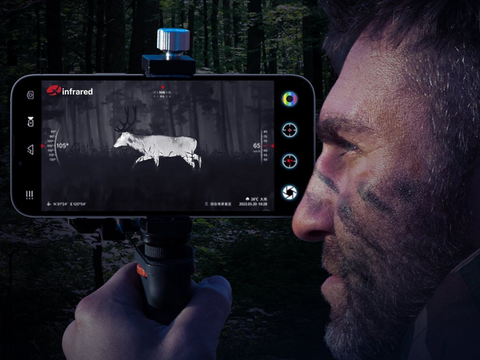
However, it is important to note that the range of a thermal monocular is not the same as its ability to provide clear and detailed images of distant objects. As the distance between the monocular and the object being viewed increases, the image quality may begin to deteriorate, making it more difficult to distinguish fine details.
To get the most out of a thermal monocular, it is important to use it in the right conditions and to adjust its settings to optimize its performance for the specific task at hand. For example, using a monocular in colder temperatures or with a higher magnification setting can help to increase its range and improve image quality.

In conclusion, the range of a thermal monocular depends on several factors, including the quality of its optics, the sensitivity of its thermal sensor, and the environmental conditions in which it is being used. While some high-end thermal monoculars can detect heat signatures from objects at distances of several kilometers or more, a good quality thermal monocular with a high-quality lens and a sensitive thermal sensor can generally detect heat signatures from objects at distances of up to 1000 meters or more.


